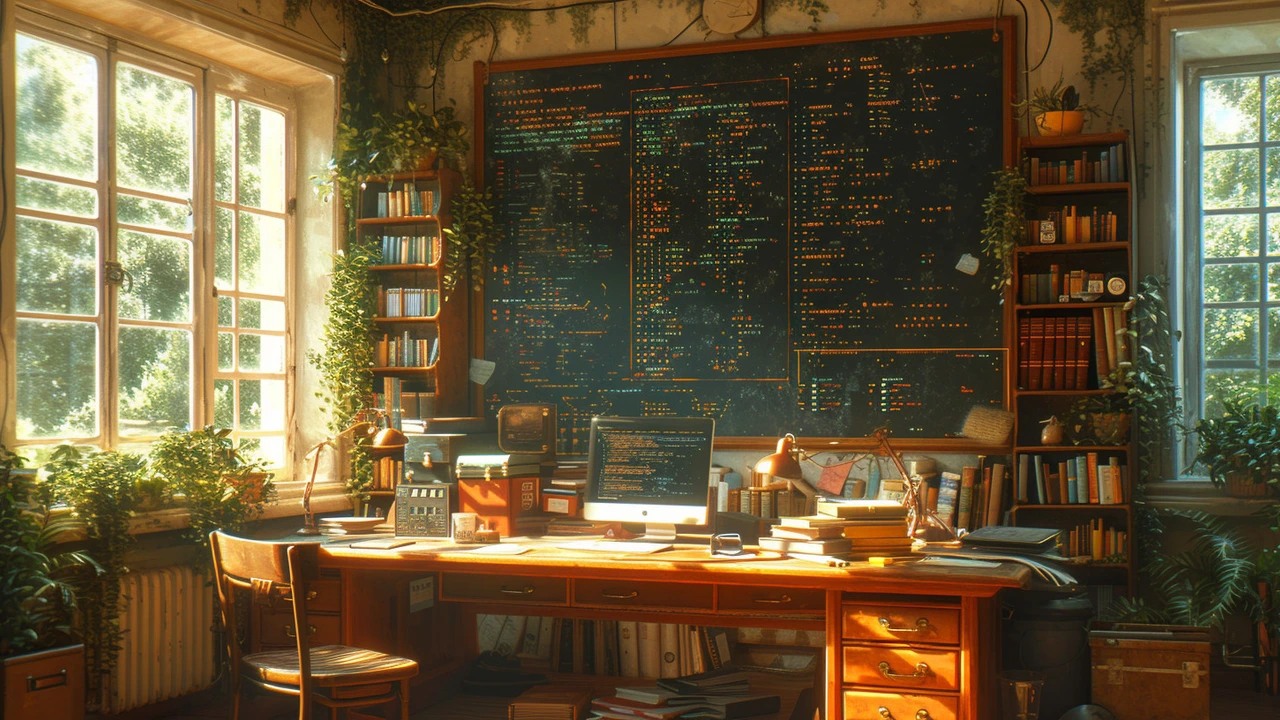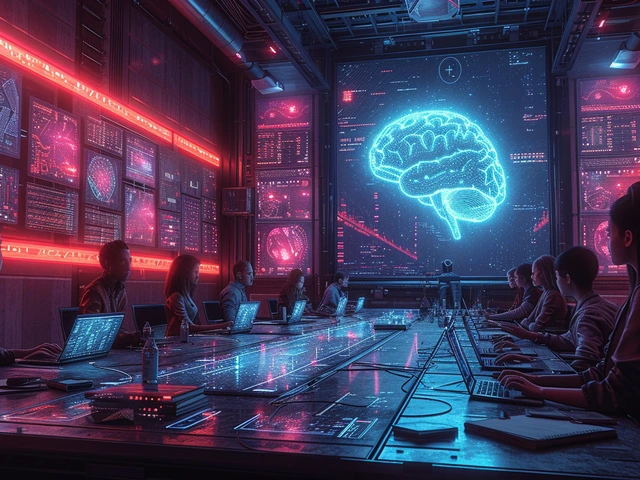Dec
3

- by Adrian Thompson
- 0 Comments
Programming 101: Laying the Groundwork
Did you know that with just a few hours a day you can create your own software or even invent the next big social network? Maybe you wondered how the apps you use everyday function - well it all goes back to understanding the bare basics of programming, and that's what we're doing today! Unusual as it may seem, I started coding because of my dog, Bailey. One day, after yet another misplaced dog toy, I thought, why not program a toy finder for a change and save myself endless hours of searching time. I was admittedly naïve in my optimism, but that one kernel of thought sparked a journey of discovery, learning, and coding. Much like a golden retriever chasing their own tail, fun is guaranteed!
The Art of Understanding the Problem
Before you even dream about touching the keyboard and writing code that would put the likes of Mark Zuckerberg to shame, comprehend the problem at your hand. Remember the toy-finder I told you about? Before I went about fashioning a GPS-for-dog-toys, I had to understand what I was looking for and where it was likely to be. In the coding world, this is called problem analysis. Its success lies in those half-baked ideas that pop up while you're walking Bailey, locked in the insane traffic on I-285, or even in the shower. A well-understood problem is a problem half-solved.
Finding Your Language: Choosing Your Weapon of Expression
Much like people, programming languages have personalities too. Python, for example, loves simplicity and minimalism. It's the guy who shows up to a party in jeans and a T-shirt and still manages to be the life of the party. Java is the corporate executive with a penchant for rules, while C++ is the old but sassy grandpa who has a tale or two to tell. To find your language of comfort will be a reflection of your thinking. Choose wisely! If you ever wonder how Bailey knows when it's time for his walk or food just by my tone of voice, it's because he understands my 'language.' The same principle goes for coding.
The Coding Cycle: Learn, Code, Repeat
The biggest revelation that comes with professional software development is revealed in the paradoxical phrase 'the only constant is change.' The same goes for learning to program. Trial and error isn't just encouraged; it's a necessity. Write a line of code, see it crash, then get it working again is a routine you get intimately familiar with when you're learning to code. It's like the time Bailey tried to figure out why the laser pointer spot he chased so ferociously keeps eluding him. Remember, the key to learning anything, including programming, is repetition and resilience.
Debugging: The Heartache and the Triumph
Finding and fixing issues in your code, or as we in the business call it 'debugging', can be both the most frustrating and the most satisfying aspect of programming. Achieving the euphoric moment when your program finally runs without a hiccup after exasperating hours of debugging can feel like the software equivalent of winning an Olympic gold! More often than not, errors in your code will challenge you, infuriate you, and then teach you. It's like when Bailey figured out that the red dot from the laser pointer that he can never seem to catch isn't really there. The struggle, followed by the enlightenment. Simply priceless.
Maintaining and Improving: The Road to Perfection
The job doesn't end once your code works. No, my dear aspiring programmers, that's when the real work begins. Maintaining and improving your code is a vital part of the programming process. The world is constantly changing, and so are the problems that need solving. Much like how Bailey has to adapt to a new toy or how he learns to navigate around a moved furniture, programmers need to adjust and adapt their code to evolving demands and scenarios. Remember, perfection isn't a destination; It's a journey.
And there you have it. Programming, like life, is a journey of continuous learning, filled with its fair share of struggles and triumphs. It's about breaking complex problems into simple steps and finding solutions one line of code at a time. And, remember, it's okay to chase the laser dot of programming like Bailey does because, in the end, it's all about the chase and not the catch.






Write a comment